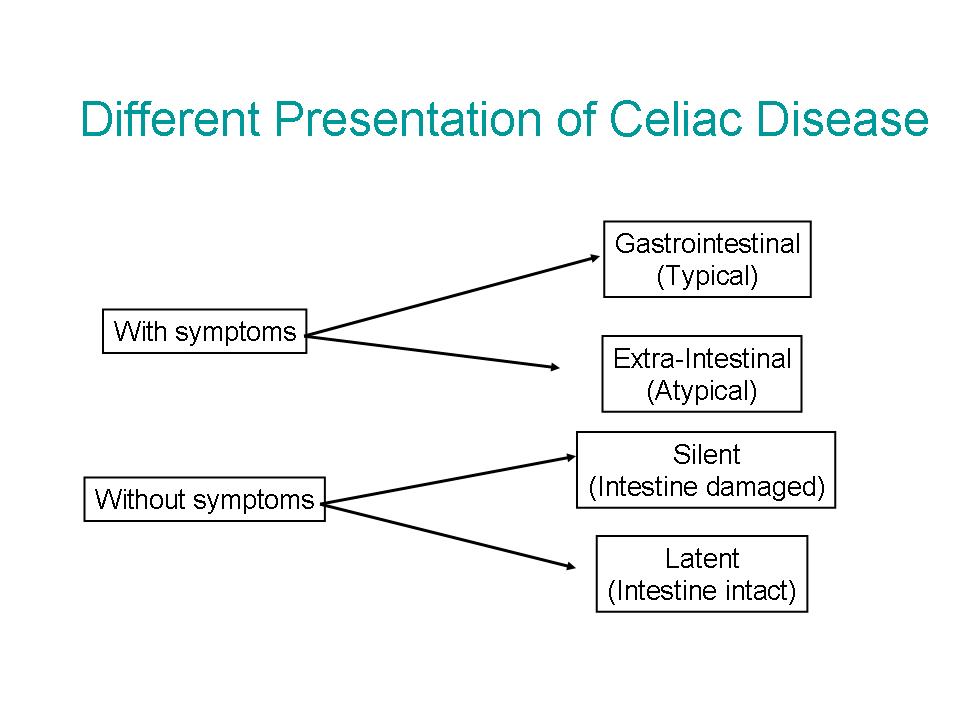
Fibromyalgia is a chronic pain syndrome of unknown etiology. the disease is characterized by widespread musculoskeletal pain, fatigue, and multiple tender points in the neck, spine, shoulders, and hips. an estimated 3 to 6 million Americans are afflicted by fibromyalgia, which is often poorly controlled by standard pain medications.
Fibromyalgia patients frequently self-report using cannabis therapeutically to treat symptoms of the disease,[1-2] and physicians – where legal to do so – often recommend the use of cannabis to treat musculoskeletal disorders.[3-4] To date however, only one clinical trial is available in the scientific literature assessing the use of cannabinoids to treat the disease.
Writing in the July 2006 issue of the journal Current Medical Research and Opinion, investigators at Germany?s University of Heidelberg evaluated the analgesic effects of oral THC in nine patients with fibromyalgia over a 3-month period. Subjects in the trial were administered daily doses of 2.5 to 15 mg of THC, but received no other pain medication during the trial. Among those participants who completed the trial, all reported a significant reduction in daily recorded pain and electronically induced pain.[5]
Previous clinical and preclinical trials have shown that both naturally occurring and endogenous cannabinoids hold analgesic qualities,[6-9] particularly in the treatment of cancer pain [10] and neuropathic pain, [11-13] both of which are poorly treated by conventional opioids. as a result, some experts have suggested that cannabinoid agonists would be applicable for the treatment of chronic pain conditions unresponsive to opioid analgesics such as fibromyalgia, and they theorize that the disease may be associated with an underlying clinical deficiency of the endocannabinoid system.[14]
[1] Swift et al. 2005. Survey of Australians using cannabis for medical purposes. Harm Reduction Journal 4: 2-18.[2] Ware et al. 2005. the medicinal use of cannabis in the UK: results of a nationwide survey. International Journal of Clinical Practice 59: 291-295.[3] Dale Gieringer. 2001. Medical use of cannabis: experience in California. In: Grotenhermen and Russo (Eds). Cannabis and Cannabinoids: Pharmacology, Toxicology, and Therapeutic Potential. new York: Haworth Press: 153-170.[4] Gorter et al. 2005. Medical use of cannabis in the Netherlands. Neurology 64: 917-919.[5] Schley et al. 2006. Delta-9-THC based monotherapy in fibromyalgia patients on experimentally induced pain, axon reflex flare, and pain relief. Current Medical Research and Opinion 22: 1269-1276.[6] Burns and Ineck. 2006. Cannabinoid analgesia as a potential new therapeutic option in the treatment of chronic pain. the Annals of Pharmacotherapy 40: 251-260.[7] David Secko. 2005. Analgesia through endogenous cannabinoids. CMAJ 173:[8] Wallace et al. 2007. Dose-dependent effects of smoked cannabis on capsaicin-induced pain and hyperalgesia in healthy volunteers. Anesthesiology 107:785-96.[9] Cox et al. 2007. Synergy between delta9-tetrahydrocannabinol and morphine in the arthritic rat. European Journal of Pharmacology 567: 125-130.[10] Radbruch and Elsner. 2005. Emerging analgesics in cancer pain management. Expert Opinion on Emerging Drugs 10: 151-171.[11] Notcutt et al. 2004. Initial experiences with medicinal extracts of cannabis for chronic pain: Results from 34 ?N of 1? studies. Anaesthesia 59: 440.[12] Abrams et al. 2007. Cannabis in painful HIV-associated sensory neuropathy: a randomized placebocontrolled trial. Neurology: 68: 515-521.[13] Rog et al. 2007. Oromucosal delta-9-tetrahydrocannabinol/cannabidiol for neuropathic pain associated with multiple sclerosis: an uncontrolled, open-label, 2-year extension trial. Clinical Therapeutics 29: 2068-2079.[14] Ethan Russo. 2004. Clinical Endocannabinoid deficiency (CECD): Can this concept explain therapeutic benefits of cannabis in migraine, fibromyalgia, irritable bowel syndrome, and other treatment-resistant conditions? Neuroendocrinology Letters 25: 31-39.